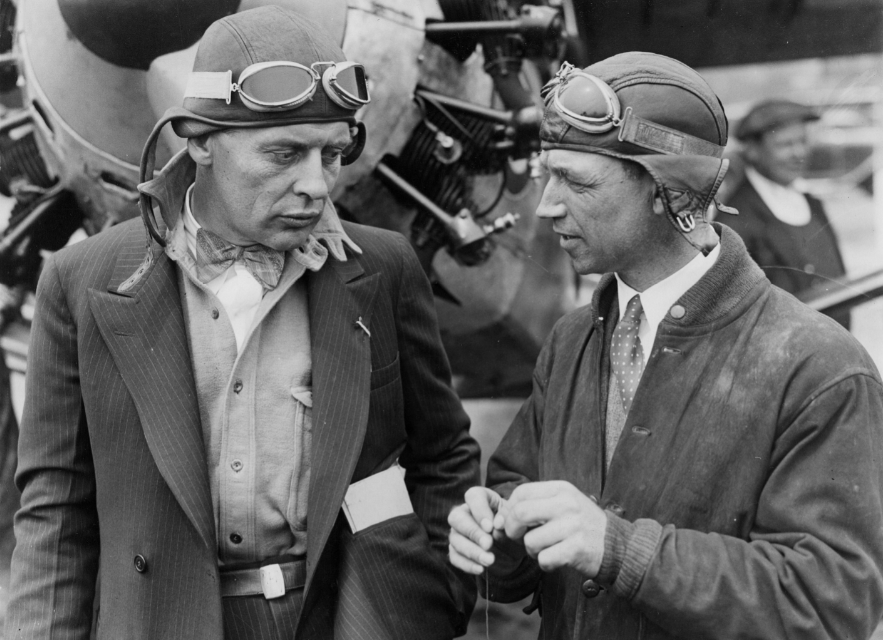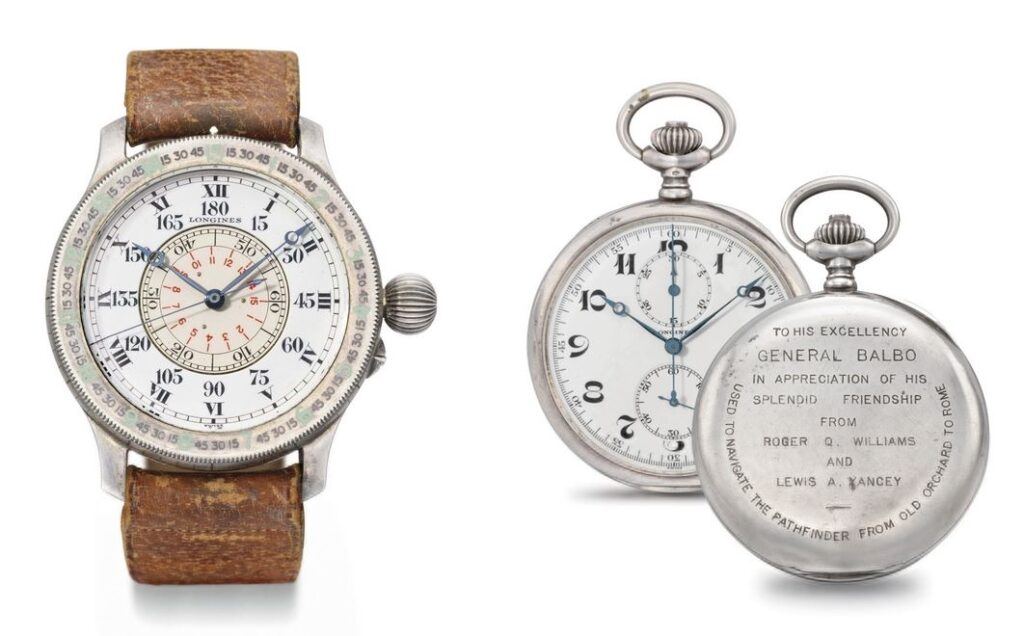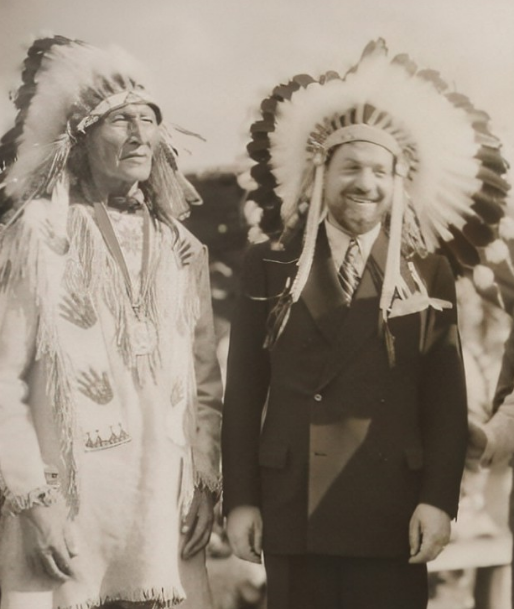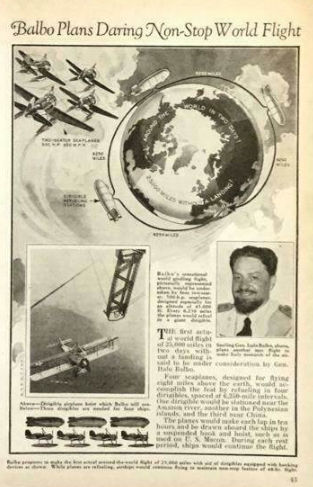Credited with the reconstruction of the Regia Aeronautica, Italo Balbo is considered one of Italy’s most accomplished pilots. In swift succession, Balbo rose through the Fascist party ranks to become Commander in Chief of the Militia in 1922, Undersecretary of the Air Force in November 1926 and General of the Air Fleet on August 19th, 1928.

Whilst fascinated with the progress of aviation during the 1920’s, Balbo knew little about flying before becoming the Air Minster on September 12, 1929.

His aviation endeavors and pursuits outside of war earned him praise and the attention of many of the who’s who of this golden time. In 2011, Christies auctioned these two Longines flight watches belonging to Balbo’s estate.
You may find the original site used for auction here. Closed May 16th, 2011, the watches sold for a realized price of a collective 68,750 Swiss Francs (CHF).

The first, a steel 52mm pocket watch 19.73N chronograph with a pusher in the crown, had a matching movement and case number 2980509, and was made by Longines in 1927. The piece had been used for navigation on the incredible flight of the Pathfinder from Old Orchard beach in Maine to Rome in 1929.
The flight had been made by aviation greats Roger Q. Williams and Lewis A. Yancey. The back read ‘To His Excellency General Balbo in appreciation of his splendid friendship from Roger Q. Williams and Lewis A. Yancey, encircled by inscription Used to navigate the pathfinder from Old Orchard to Rome’
The other, a famous Longines Lindbergh Hour-angle watch supposedly gifted to Italo Balbo by Lindbergh himself. The watch a first generation all silver Hour-angle watch was manufactured in 1935 with serial number 5272672. Inside, a nickel silver 18.69N calibre, an all silver calibrated bezel inlaid in with green and black divisions for the unit of arc markings and breguet hands.
The date and meeting of Lindbergh and or his representative with Italo Balbo are unknown but their fame, and shared aviation interests likely ensured this a certainty.

Balbo likely received these watches on account of his popularity, aviation interests and his association with the Italian Airforce. Soon after his promotion to Air Minister, Balbo became an accomplished pilot, reinvigorating the Italian Air Force. With his assistance, Italy proceeded to capture (and hold) records in both speed and distance, despite their initial inexperience in the aviation space.
Balbo founded a “speed school” near Lake Garda, pushed high elevation flight training in the squadriglie d’alta quota (high quota fliers) and was a pioneer in developing the concept of intercontinental flights.
His first achievement in the latter, a 29-day journey ending January 15, 1931 involving twelve Savoia Marchetti S.55X planes flying 10400 km from Orbetello, north of Rome, to Rio de Janeiro. The second Italian transatlantic formation flight in 1933 was described in Balbo’s book My Air Armada and set-out from Rome bound for Chicago during the World’s Fair.

The flight attracted worldwide attention, with Balbo and his Italian flying unit greeted as heroes. The Chief Sioux Indian leader gave him the title of “Flying Eagle”, and President Roosevelt extended a lunch invitation. A Chicago street was named after him, remaining contentious to this day.
Upon his triumphant return to Rome he was elevated to rank of Air Marshal in September, 1929, before he was deployed as the Governor of Libya due to militarial disagreements until the beginning of WWII. Extremely disappointed with the German invasion of Poland, Barbo fell out with Mussolini over his warmongering policies and stance.
Balbo, popular among the troops, was against war with the British. He was devoted to Maria José, the Princess of Piedmont whose dislike of Mussolini was well-known. Balbo’s fallout with Italy’s dictator allegedly cost him his life, after a “friendly fire” incident.

His plane was shot down June 28, 1940, in Tobruk, by an anti-aircraft gun aboard the Italian cruiser San Giorgio, with debate raging about how such an incident could happen unless specifically ordered.
A charismatic and famous legend, Balbo was praised by friends, enemies and supposed foe. Both England and America celebrated his life and death despite their war rivalries.
Regardless of your views on all of the events of WWII, he was against war and was a central figure in early Italian aviation successes.
Seemingly once again, Longines played a role in this great aviation visionaries pursuits, endeavors, Italian aviation and the concept of intercontinental flights.
